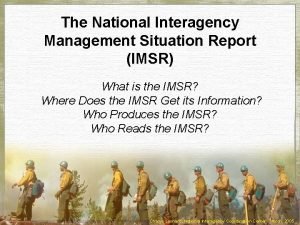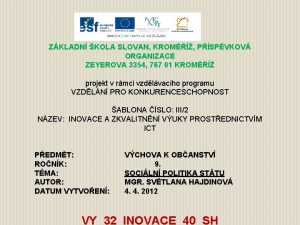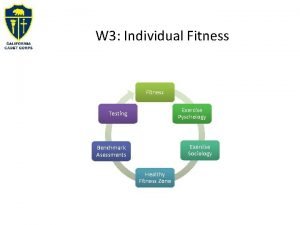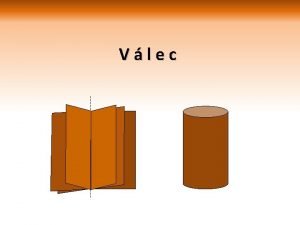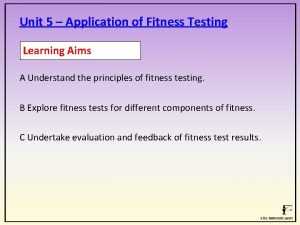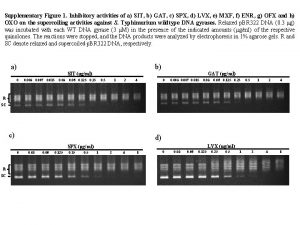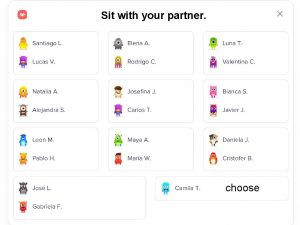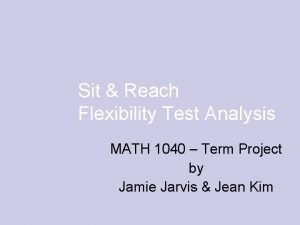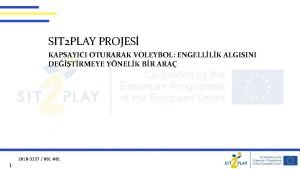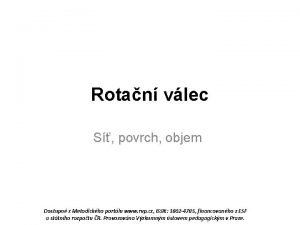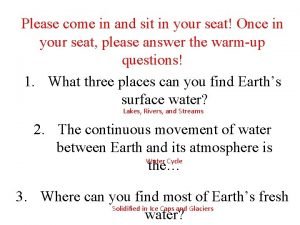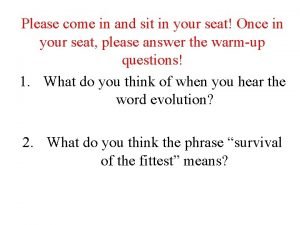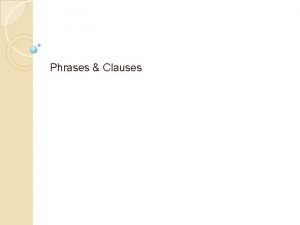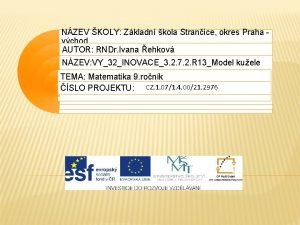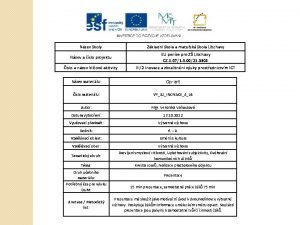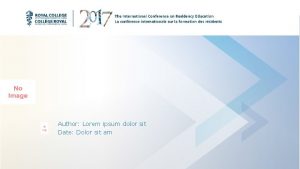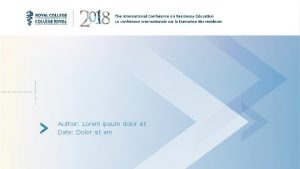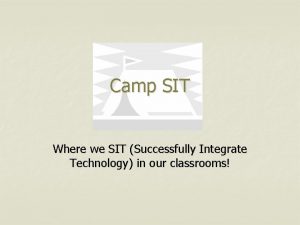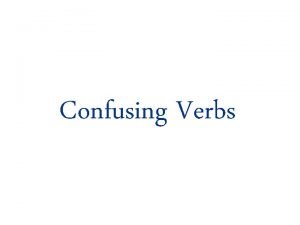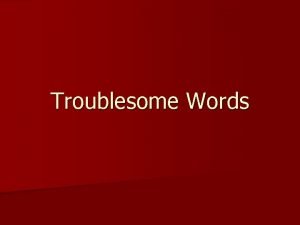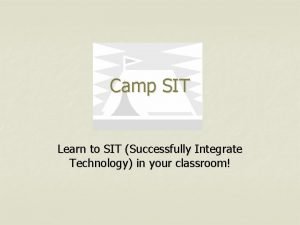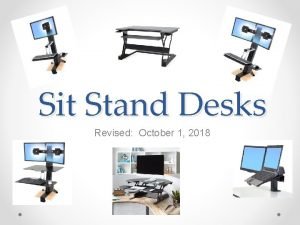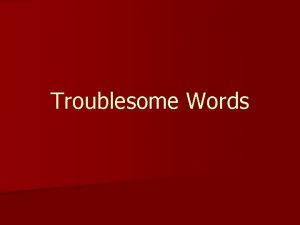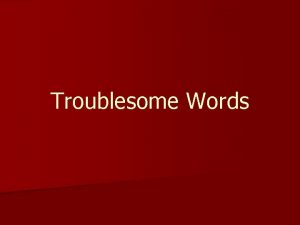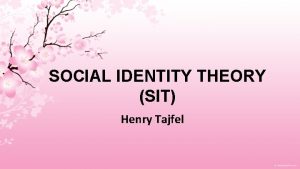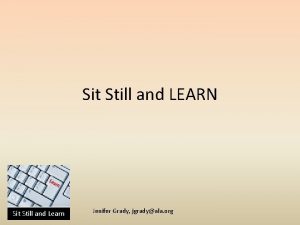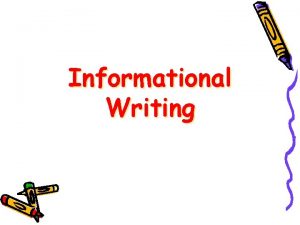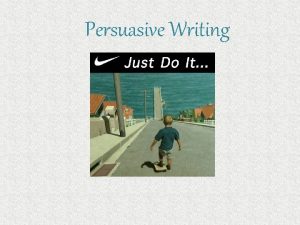Report Writing SIT JNTU What is Report Writing


















- Slides: 18

Report Writing SIT - JNTU

What is Report Writing? • To inform about some thing happening/happened • What do they consist of? – Facts – Arguments – Specific subject • Why reports? – allow information to be presented in an ordered way

Report & Essay A Report An Essay • Presents information • Presents an argument • Is meant to be scanned quickly by the reader • Is meant to be read carefully • Uses numbered headings and sub-headings • Uses minimal sub-headings, if any. • May not need references and bibliography/reference list • Always needs references and bibliography/reference list • Uses short, concise paragraphs and dot-points where applicable • Links ideas into cohesive paragraphs, rather than breaking them down into a list of dot-points • Uses graphics wherever possible (tables, graphs, illustrations) • Rarely uses graphics • May need an abstract (sometimes called an executive summary) • Will only need an abstract if it is very long, or if your lecturer asks for one specifically • May be followed by recommendations and/or appendices • Seldom has recommendations or appendices

Report Structure • • • Letter of transmittal Title page* Table of contents List of abbreviations and/or glossary Executive summary/abstract Introduction* Body* Conclusion* Recommendations Bibliography Appendices

Letter of transmittal letter to the person who commissioned the report • a salutation • the purpose of the letter • the main finding of the report • any important considerations • an acknowledgement of any significant help • an expression of pleasure or gratitude

Title page This must contain: • the report title which clearly states the purpose of the report • full details of the person(s) for whom the report was prepared • full details of the person(s) who prepared the report • the date of the presentation of the report

Table of Contents Usually for reports longer than 10 pages: list of • the headings • tables • appendices of the report

Acknowledgements • short paragraph • thanking any person or organisation which gave you help • in collecting data or preparing the report.

Abstract (Summary or Executive Summary) • • • the context of the research the purpose of the report the major findings the conclusions the main recommendations

Introduction • Give enough background information to provide a context for the report. • State the purpose of the report. • Clarify key terms and indicate the scope of the report (ie what the report will cover).

Body A report of primary research (based on your own observations and experiments) would include: • Literature review (what other people have written about this topic. • Method (summarises what you did and why). Use the past tense. • Findings or results (describes what you discovered, observed, etc, in your observations and experiements). Use the past tense. • Discussion (discusses and explains your findings and relates them to previous research). Use the present tense to make generalisations.

Body A report of secondary research (based on reading only) would include: • Information organised under appropriate topics with sub-headings. • You need to synthesise material from different sources under topic headings. • Analysis/discussion of the sources you are reporting.

Conclusion • Sum up the main points of the report. • Should clearly relate to the objectives of your report. • No surprises please! (that is, don’t include new information here. )

Recommendations • Suggestions for future action • Logically derived from the body of your report

Bibliography

Appendices contains material which is too detailed, technical, or complex to include in the body of the report: – Specifications – a questionnaire – a long complex table of figures

PRESENTATION OF THE REPORT • use plenty of white space • ensure the separate parts of your report stand out clearly • use subheadings • allow generous spacing between the elements of your report • use dot points/ numbers/ letters to articulate these elements • use tables and figures (graphs, illustrations, maps etc) for clarification • number each page (a neat header and/or footer makes your work look more professional) • use consistent and appropriate formatting • use formal language.

COMMON PROBLEMS • • • the inclusion of careless, inaccurate, or conflicting the inclusion of outdated or irrelevant data facts and opinions that are not separated unsupported conclusions and recommendations careless presentation and proof-reading too much emphasis on appearance and not enough attention to solid content.
 Nashville lunch counter sit ins
Nashville lunch counter sit ins Sit report
Sit report Nifc sit report
Nifc sit report Záchytná sociální síť
Záchytná sociální síť Sit and reach instructions
Sit and reach instructions Sít válce
Sít válce Seven stage abdominal strength test
Seven stage abdominal strength test Lvx sit
Lvx sit Sit with a partner
Sit with a partner Sot and reach
Sot and reach Sit 2 play
Sit 2 play Válec příklady z praxe
Válec příklady z praxe Please sit down and your seat belts
Please sit down and your seat belts Please come in and have a seat
Please come in and have a seat Whats a clause
Whats a clause Verb 2 cook
Verb 2 cook Síť kužele
Síť kužele Op art kostka
Op art kostka Strangers like you that pictured countenance
Strangers like you that pictured countenance

